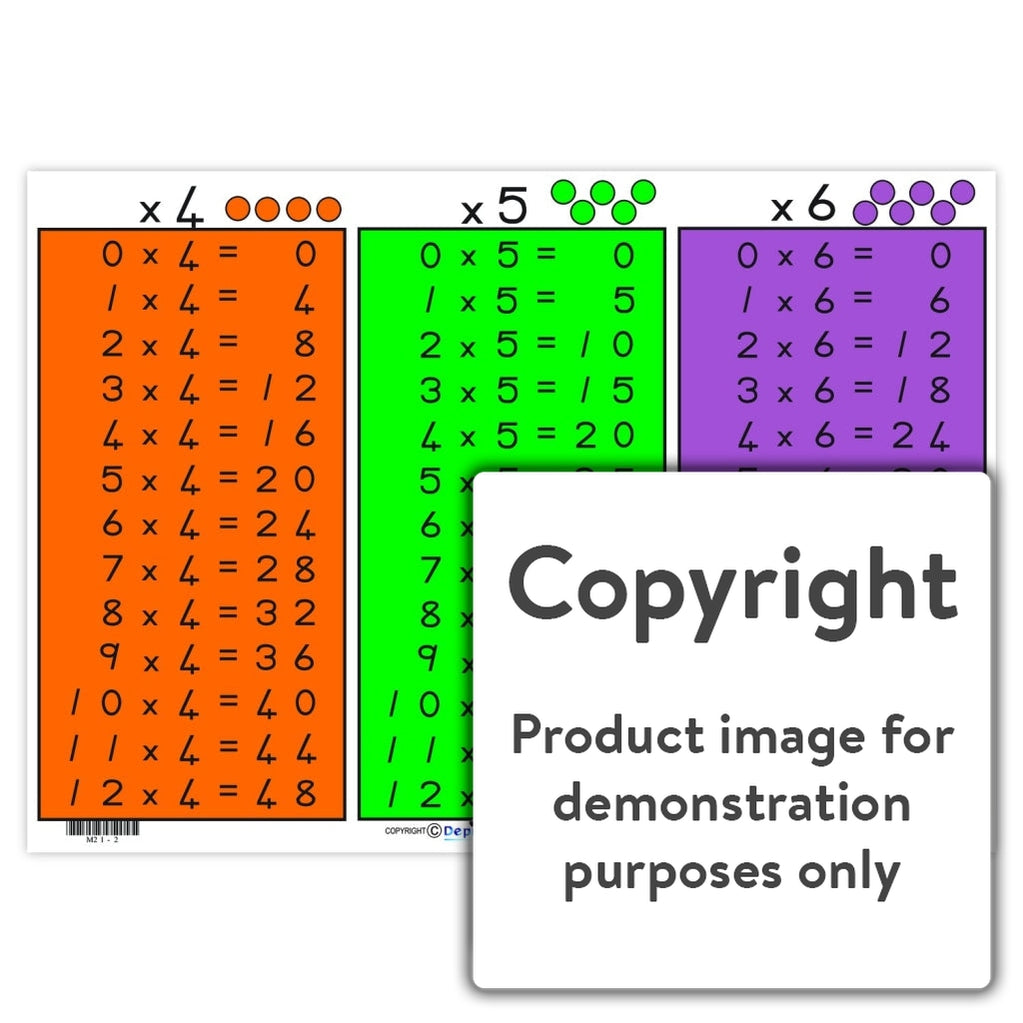

Once your child is comfortable with multiples of 3, introduce the 6 and 9 times tables.This is where things can start to feel a little tricky, but fear not! Be sure to check out our fun ideas to help learn trickier tables. Using DoodleTables for 10 minutes a day is another great way to practise tricky tables.

To find 4 x 3, for example, they can work out 2 x 3 and double the answer!

#Time tables how to#
Not sure how to help your child with learning the 2 times table? Check out these easy ways to learn each times table!

Teachers can use these multiplication worksheets that have been developed specifically for this highly recommended strategy and are designed to walk students through the process sequentially by testing their memory of each times table as they learn them individually.īy guiding students through the process of learning each times table one by one, teachers are ensuring that students fully comprehend the fundamental concepts prior to moving on to more difficult math.Learning your times tables can feel like a daunting task. Scholars on the subject of teaching early mathematics typically value the following order when presenting students with the times tables for the first time: Twos, 10s, Fives, Squares (2 x 2, 3 x 3, 4 x 4, etc.), Fours, Sixes, and Sevens, and finally Eights and Nines. In order for students to properly prepare for one-minute multiplication quizzes for factors up to 12, teachers should ensure the learner is able to skip count by 2, 5, and 10, as well as single count past 100 by starting with the two times tables and making sure the learner has fluency before moving on. A sample test for multiplying factors up to 12.


 0 kommentar(er)
0 kommentar(er)
